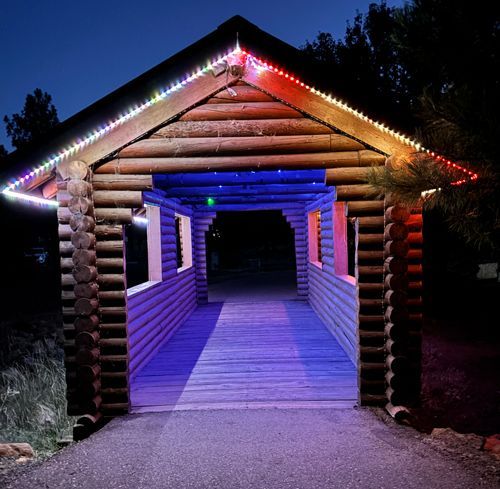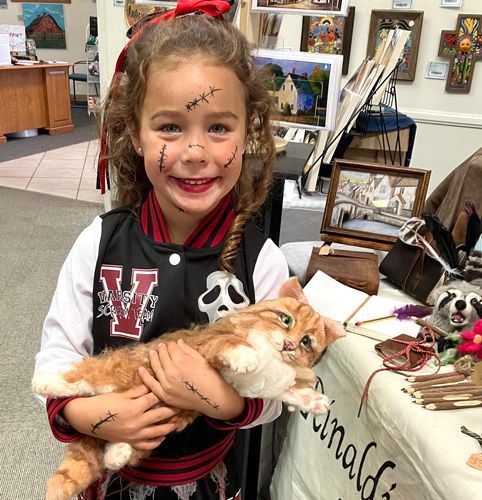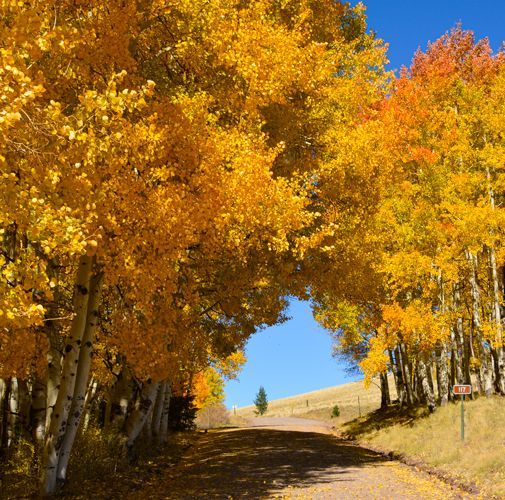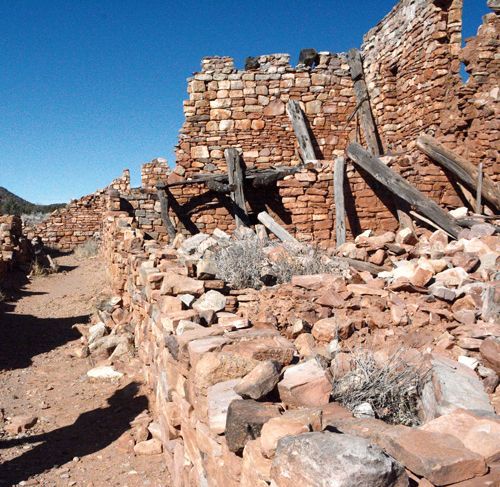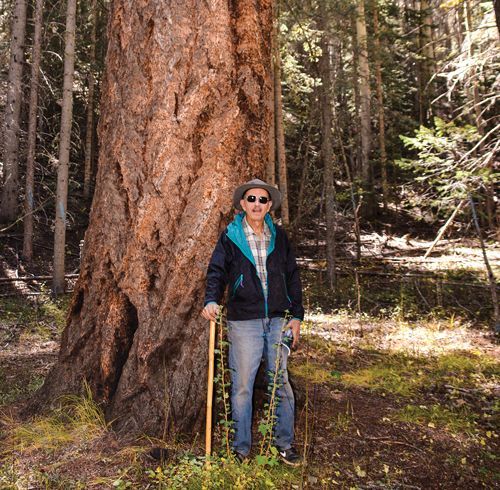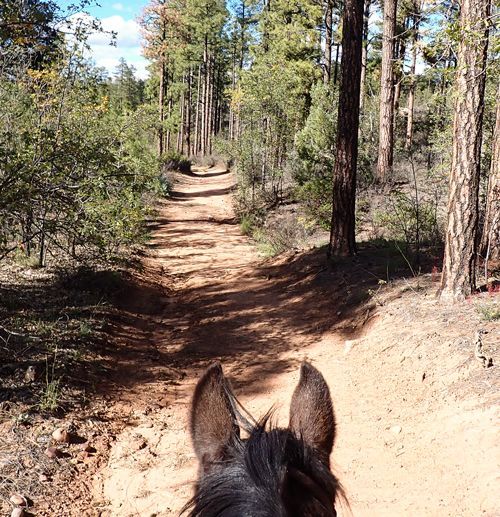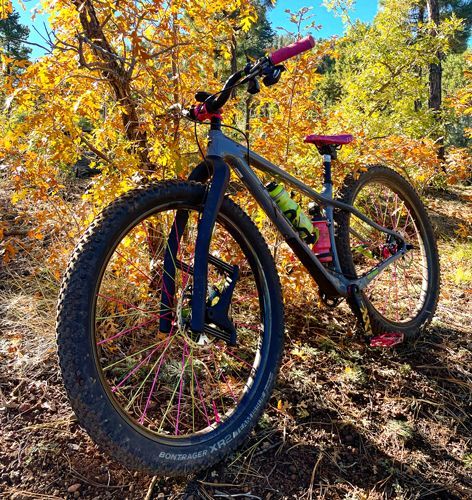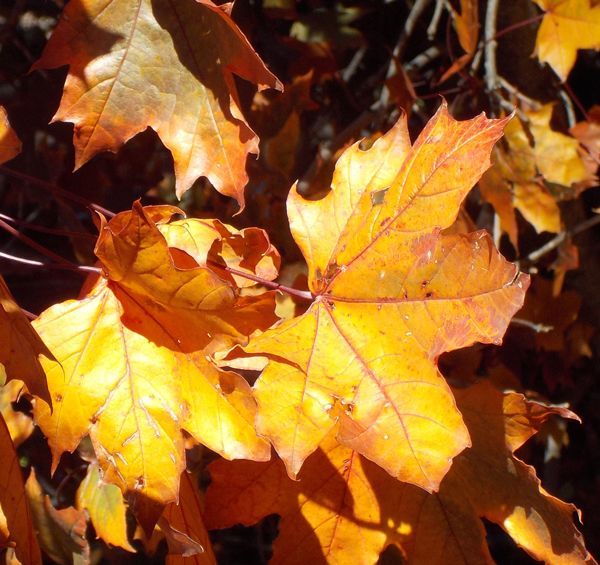The John Gross Memorial Observatory, Western New Mexico
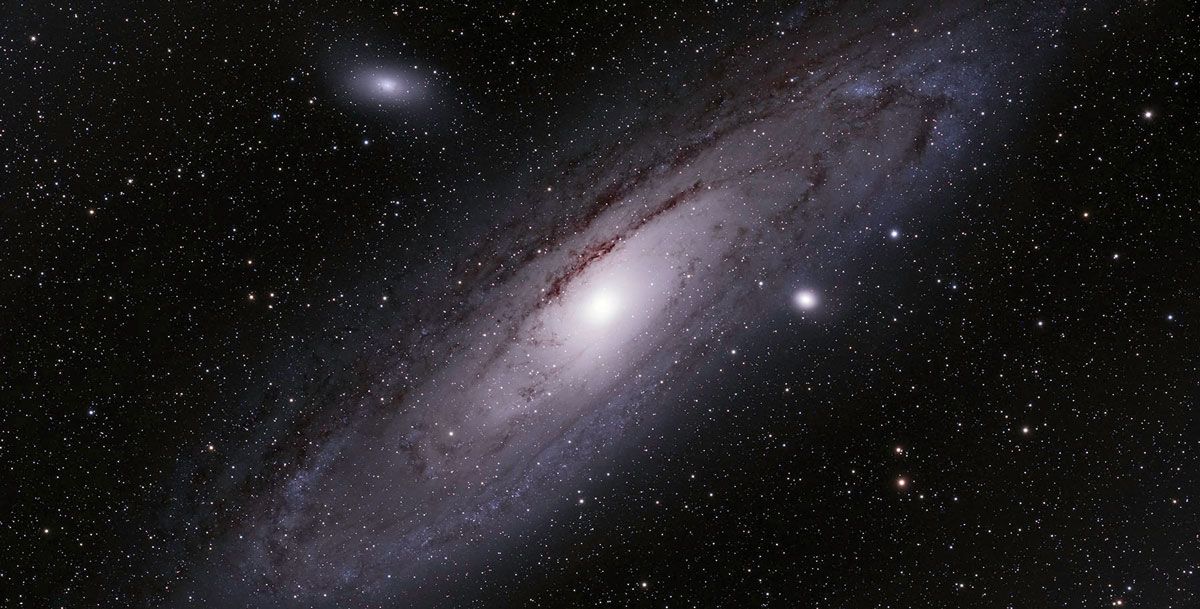
Mike and Pamella Shade
Of all the sciences, astronomy is perhaps the oldest. As long as there have been people on planet earth, they have been looking up and wondering. There are records of astronomical events dating back to the ancient Egyptians and even earlier. There are renderings of astronomical events depicted in diverse places such as cave paintings and temples. Differing cultures have differing stories written in the sky. Many cultures put great faith in celestial events as explanations for events on earth and for telling the future. Early astronomers did not have complex instruments to study the night sky, they relied on the naked eye and various measurement devices to unravel the secrets and divine the truth of the cosmos.
When Galileo turned his crude telescope skyward in the early 1600s, the world of astronomy was turned upside down (he was not the first to make a telescope nor turn it skyward). What he observed often put him at odds with many leading academics and theologians of the day. He also angered the Catholic Church as his observations were in direct opposition to accepted church teachings. While space precludes an exhaustive detailing of his troubles, suffice it to say that he was, as they say, in hot water.
As each new telescope has become operational, astronomical knowledge has expanded and new questions arose. The 100-inch Hooker telescope on Mt. Wilson in California (named after John Hooker, a local businessman), when it became operational in 1917, helped settle questions astronomers had been debating for years. But, some questions were not answered, so a bigger telescope was planned — the 200-inch telescope on Mt. Palomar, which became operational in 1949 (when a size is given such as 200-inch, this is the size of the mirror or lens). There are even bigger telescopes such as the Keck on Mauna Kea in Hawaii with a 394-inch mirror. However, time on big telescopes is hard to get and astronomers can wait years. If the weather doesn't cooperate, they don't get another spot, they go back to the end of the line and apply for time again. Furthermore, there are not that many big telescopes in pristine locations. And big telescopes are expensive!
Enter the amateur astronomer. The history of astronomy is full of amateur astronomers discovering all sorts of things. For example William Herschel, who constructed his own telescopes in the 1770s, discovered the planet Uranus in 1781. This was of course the first "new" planet discovered since ancient times. Amateurs have discovered comets and a few years ago, an amateur astronomer discovered brand new baby stars in a nebula (a cloud of gas where stars form). The largest telescope in the world from 1845 until 1917 was the "Leviathan of Parsonstown" built by the Earl of Rosse , an amateur, on his estate in Ireland. While not in the best location, this telescope expanded astronomical knowledge.
An amateur astronomer can be someone who looks up at the sky at night with their naked eye and notices the motions of the planets. Amateurs can sit out and do an accurate count of the number of meteors in a meteor shower. Basically anyone with an interest of the night sky is an amateur astronomer. It doesn't require a telescope. The naked eye or even binoculars will suffice. There are, however, amateurs who take it to the next level.
The John Gross Memorial Observatory (JGMO) in Western New Mexico is an amateur observatory dedicated to bridging the gap between amateur and professional astronomers. The observatory is named for a good friend of ours, who was our partner on this project, who passed away in early 2022. John was an amateur astronomer who was actively engaged in various areas of research — among them is variable star photometry (measuring the light curves of stars that change in brightness). While perhaps not headline generating, this research is just as important as what the big observatories (with big expensive telescopes) are doing. And with a limited number of big telescopes, the professional/amateur collaboration is an important part of current astronomical research.
The JGMO is such a collaboration and sits at an elevation of 7,450 feet, surrounded by miles and miles of nothing but high desert. The building was built by T.O.T.L Construction out of Quemado, New Mexico and Granbury, Texas. The observatory, of all metal construction is known as a "roll off roof" observatory where the roof rolls open on rails. This allows the telescopes access to virtually the entire sky. There is room for five telescopes in the building, two are currently installed, with another partially installed. There is an insulated control room attached to the observatory where the computers that control the telescopes are located. Telescopes don't care about cold — computers do (so do astronomers for that matter). The technology is readily available to allow astronomers to log into and run a telescope from virtually anywhere in the world. With the right software and a good Internet connection, this is reasonably simple (relatively).
As with any building project, there were a host of interesting problems to solve. Having a building where the roof rolls off and on, made it even more challenging. Mark Trueblood, of Winer Observatory in Sonoita, Arizona provided invaluable design work, problem solving, and engineering help. Among some of the problems...how do we ensure that the roof rolls straight? How do we make sure that the roof won't blow off when it is open? How does one seal a building where the roof moves off and on? How do we move the roof? How do we keep rodents out (they seem to really like telescope cables)?
How does all this work together? The roof control system is controlled by various weather sensors, if it is clear and little wind, the roof opens just before sunset (if it gets windy, cloudy, or rains the roof closes). People can log into their telescopes over the Internet and tell it what to do. Images are captured on astronomical cameras, and then uploaded during the day where they can be analyzed. Everything is controlled by a computer: where the telescope points, what to focus on, how many images to take and so on. And the good part of this, it is all done automatically while the astronomer sleeps.
There are times when the camera is taken off the telescope and things can be viewed live in "real time" instead of on a computer screen. Standing in the observatory at night is a moving experience. All one has to do is reach up and touch the stars...it is moments like this that has made this experience worth it. John would have loved it.

